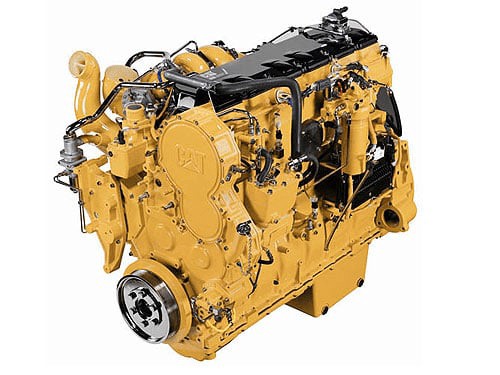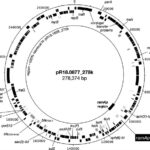The Caterpillar C15 ACERT diesel engine is a popular choice for heavy-duty applications. This guide delves into its specifications, common problems, and compares it with its predecessors, the 3406E and C15.
Choosing a diesel engine for heavy-duty equipment requires careful consideration. Understanding the strengths and weaknesses of different models is crucial. This article provides a comprehensive overview of the Caterpillar 3406E, C15, and C15 ACERT engines, highlighting their key differences and common issues.
Caterpillar 3406E: The Reliable Predecessor
Introduced in 1993, the 3406E was Caterpillar’s first fully electronic diesel engine, building upon the semi-electronic 3406C. It quickly gained a reputation for reliability and performance, setting a high standard for subsequent models.
Common Issues with the 3406E
Despite its robust design, the 3406E is known for oil leaks, particularly around the rear spacer plate and cylinder block. This often stems from subpar gaskets used in early production models and age-related hardening of rubber plugs.
Caterpillar 3406E Specifications:
- Fuel: Diesel
- Displacement: 893 cubic inches (14.6 liters)
- Bore: 5.4000-5.4020″
- Stroke: 6.500″
- Configuration: Inline 6
Caterpillar C15: Building on Success
Launched in 1999, the Caterpillar C15 aimed to improve upon the 3406E with enhanced gaskets and seals to address oil leak concerns. Its versatility across over 34 applications, including construction, agriculture, and industrial equipment, cemented its popularity.
Common Caterpillar C15 Problems:
While designed to address the 3406E’s weaknesses, the C15 introduced a new issue: cylinder head gasket failures due to added relief slots. Using high-quality gaskets is crucial to mitigate this problem. The MBN prefix models (2002-2003) are notorious for high temperatures, poor fuel economy, and reduced power output.
Caterpillar C15 Engine Specifications:
- Fuel: Diesel
- Displacement: 928 cubic inches (15.2 liters)
- Bore: 5.4000-5.4020″
- Stroke: 6.732″
- Configuration: Inline 6
Caterpillar C15 ACERT: Emissions and Performance
The Caterpillar C15 ACERT (Advanced Combustion Emission Reduction Technology) debuted in 2004, primarily to meet stricter EPA emission standards. Key changes included a revised piston design (one-piece steel versus two-piece aluminum) and enhancements to the air and fuel systems. Some models feature a twin turbocharger setup.
Caterpillar C15 ACERT Issues
Early C15 ACERT models experienced broken rocker studs and exhaust manifold issues. Injector failures can also occur with age and high mileage. Proper maintenance is critical for long-term reliability.
Caterpillar C15 ACERT Engine Specifications:
- Fuel: Diesel
- Displacement: 928 cubic inches (15.2 liters)
- Bore: 5.4000-5.4020″
- Stroke: 6.732″
- Configuration: Inline 6
Conclusion: Choosing the Right Engine
Each engine—the 3406E, C15, and C15 ACERT—offers distinct advantages and disadvantages. The 3406E is renowned for its robust simplicity, while the C15 provides versatility. The C15 ACERT prioritizes emissions compliance and performance. Understanding your specific needs and application requirements will guide you toward the optimal choice. Factors like maintenance history, intended use, and budget should all be considered.


